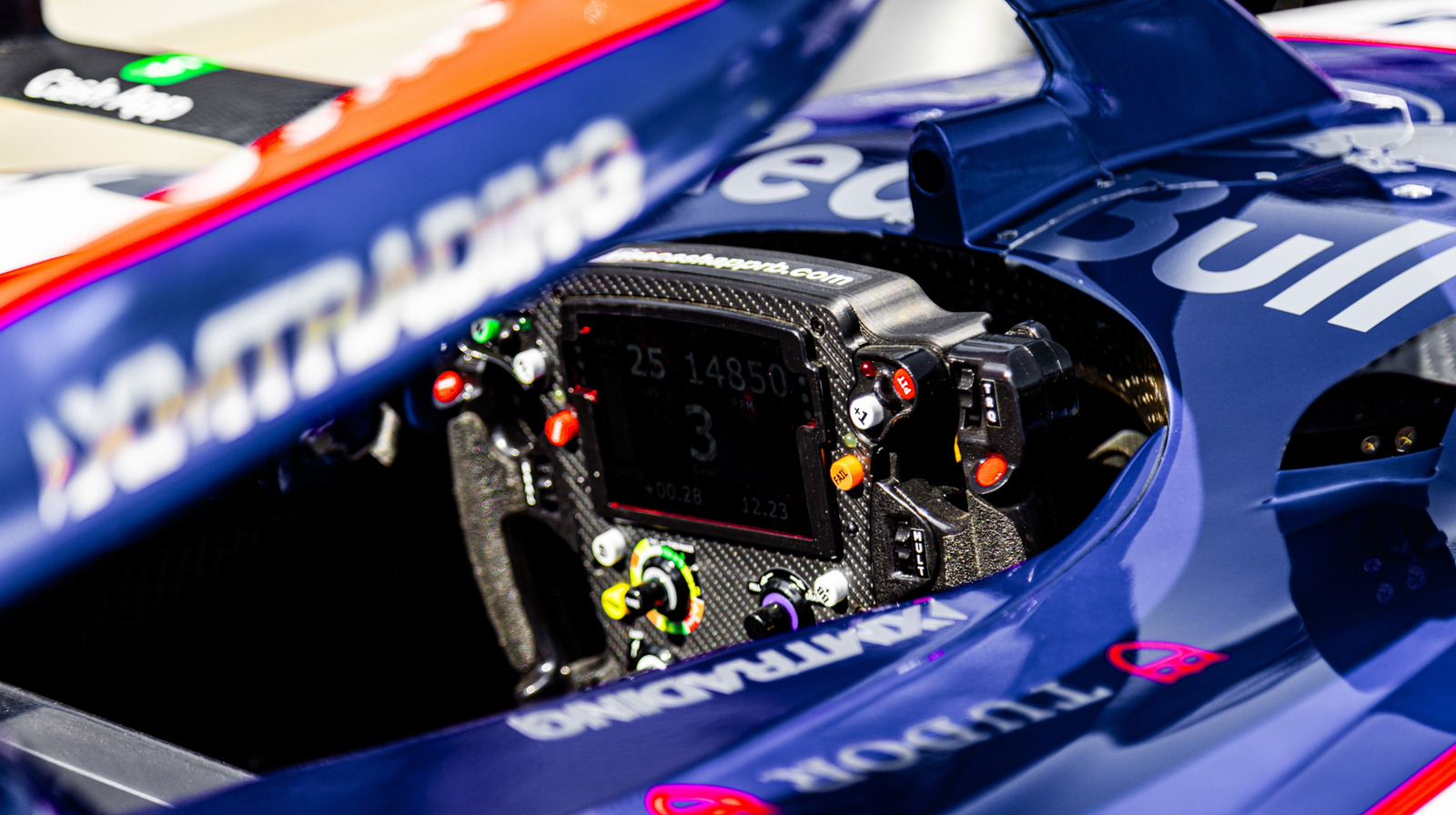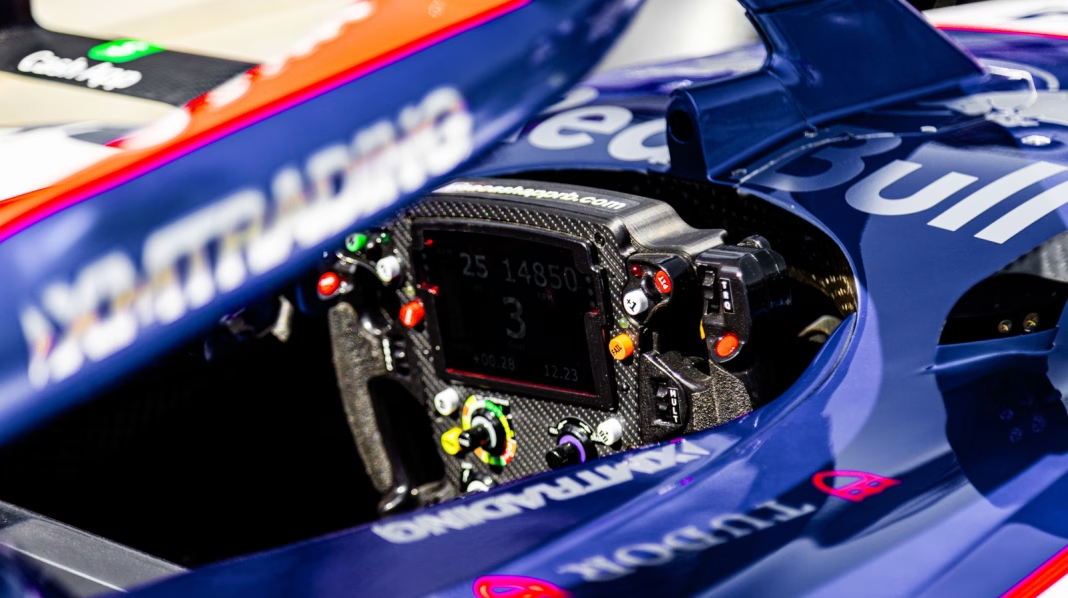Why Do Formula 1 Steering Wheels Have So Many Buttons?
If you’ve ever caught a glimpse of a Formula 1 car’s cockpit, you probably noticed the steering wheel looks more like a spaceship control panel than anything you’d find in a regular car. There’s a good reason for that. F1 drivers aren’t just steering—they’re managing a symphony of high-tech systems, all at 200+ miles per hour. The buttons, dials, and paddles on that wheel are the key to unlocking every ounce of performance from these engineering marvels.
What Functions Do the Buttons Actually Control?
Let’s break it down. Each button, switch, and rotary dial serves a specific purpose, often allowing the driver to tweak settings on the fly. Some of the most critical controls include:
– Engine modes: Adjusting power output for overtaking, fuel saving, or qualifying laps.
– Brake bias: Shifting the balance of braking force between the front and rear wheels.
– Differential settings: Tweaking how power is distributed to the rear wheels, which affects cornering and traction.
– Energy recovery systems: Managing the hybrid system’s battery deployment for extra bursts of power.
– Radio and pit communication: Keeping the driver in constant contact with the team.
– DRS (Drag Reduction System): Activating a rear wing flap for extra straight-line speed.
– Tire management: Monitoring temperatures and making adjustments to prolong tire life.
The list goes on. Some teams even have custom buttons for specific strategies or emergency resets. It’s not unusual for a driver to make dozens of adjustments per lap, all while threading the needle through corners at breakneck speed.
How Does the Steering Wheel Design Improve Aerodynamics?
Here’s where things get really clever. In F1, every gram and every millimeter counts. The steering wheel isn’t just a command center—it’s also carefully shaped to minimize drag and maximize airflow inside the cramped cockpit. The buttons are often recessed, and the wheel itself is sculpted to fit the driver’s hands perfectly, reducing the need for bulky gloves or awkward movements that could disrupt the car’s balance.
Some teams even use the wheel’s design to channel air more efficiently around the driver’s arms and torso. The result? Pure magic. Tiny tweaks here can shave tenths of a second off a lap time—enough to mean the difference between pole position and the midfield.
How Do Drivers Learn to Use All These Controls?
It’s not as simple as memorizing a cheat sheet. F1 drivers spend hours in simulators, practicing not just their driving lines, but also the choreography of button presses required for different scenarios. During a race, muscle memory takes over. Drivers can adjust brake bias or change engine modes without taking their eyes off the track.
Teams also use color-coding, tactile feedback, and even custom button shapes to help drivers make the right choices under pressure. Think of it like playing a musical instrument at 200 mph—one wrong note, and the whole performance can unravel.
Are There Any Real-World Lessons from F1 Steering Wheel Tech?
Absolutely. The relentless pursuit of efficiency and control in F1 often trickles down to road cars. Paddle shifters, customizable drive modes, and even advanced traction control systems all have roots in motorsport innovation. The focus on ergonomics and intuitive controls has influenced everything from luxury sedans to electric vehicles.
And let’s not forget the human element. F1 drivers prove that with the right training and tools, people can adapt to incredibly complex systems—sometimes under the most intense pressure imaginable.
What Surprises Most People About F1 Steering Wheels?
Many are shocked to learn that these wheels are custom-built for each driver, often costing tens of thousands of dollars apiece. They’re made from carbon fiber, packed with electronics, and designed to be removed in seconds for quick driver changes or emergencies. And yes, if a driver forgets to bring their wheel to the grid, the car literally won’t start.
The big takeaway? Mastering an F1 steering wheel isn’t about perfection—it’s about smarter adjustments. Start with one change this week, and you’ll likely spot the difference by month’s end.


